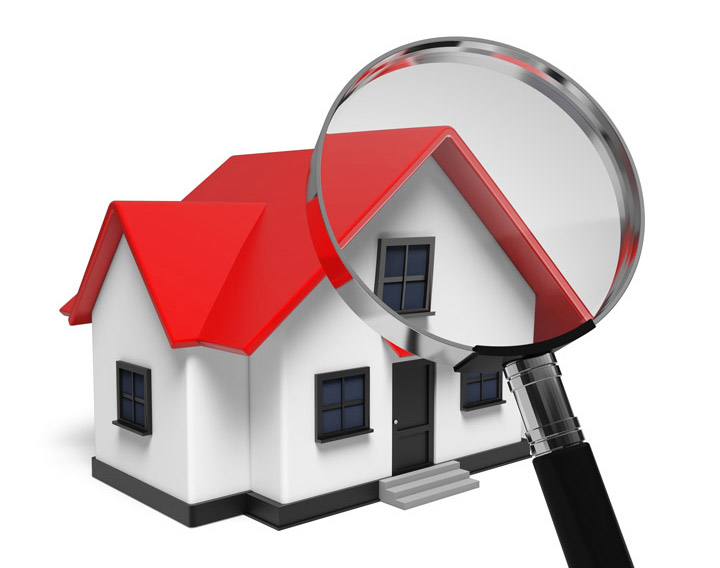
What Goes Into an Appraisal?Their home's purchase is the biggest transaction most of us might ever consider. It doesn't matter if a primary residence, a seasonal vacation property or a rental fixer upper, purchasing real property is an involved transaction that requires multiple parties to make it all happen. Practically all the participants are quite familiar. The most familiar face in the exchange is the real estate agent. Then, the mortgage company provides the financial capital necessary to bankroll the deal. The title company ensures that all aspects of the sale are completed and that a clear title transfers to the buyer from the seller. So, who's responsible for making sure the value of the real estate is consistent with the amount being paid? In comes the appraiser. We provide an unbiased estimate of what a buyer could expect to pay — or a seller receive — for a parcel of real estate, where both buyer and seller are informed parties. A licensed, certified, professional appraiser from Aucamp, Dellenback & Whitney will ensure, you as an interested party, are informed. Inspecting the subject propertyOur first task at Aucamp, Dellenback & Whitney is to inspect the property to determine its true status. We must see features hands on, such as the number of bedrooms and bathrooms, the location, living areas, etc, to ensure they truly are present and are in the condition a typical buyer would expect them to be. The inspection often includes a sketch of the floorplan, ensuring the square footage is correct and illustrating the layout of the property. Most importantly, the appraiser identifies any obvious amenities - or defects - that would have an impact on the value of the house. Once the site has been inspected, an appraiser uses two or three approaches to determining the value of the property: paired sales analysis and, in the case of a rental property, an income approach. 
Replacement CostHere, we use information on local building costs, labor rates and other factors to determine how much it would cost to replace the property being appraised. This value commonly sets the maximum on what a property would sell for. The cost approach is also the least used predictor of value. 
Paired Sales AnalysisAppraisers get to know the subdivisions in which they appraise. They innately understand the value of specific features to the residents of that area. Then, the appraiser researches recent transactions in the area and finds properties which are 'comparable' to the subject being appraised. Using knowledge of the value of certain items such as upgraded appliances, additional bathrooms, additional living area, quality of construction, lot size, we add or subtract from each comparable's sales price so that they are more accurately in line with the features of subject property.
After all differences have been accounted for, the appraiser reconciles the adjusted sales prices of all the comps and then derives an opinion of what the subject could sell for. When it comes to knowing the true worth of features of homes in Weston and Broward, Aucamp, Dellenback & Whitney is second to none. The sales comparison approach to value is usually given the most consideration when an appraisal is for a home exchange. Valuation Using the Income ApproachA third way of valuing a house is sometimes applied when a neighborhood has a measurable number of renter occupied properties. In this situation, the amount of income the real estate yields is factored in with other rents in the area for comparable properties to determine the current value. Arriving at a Value ConclusionAnalyzing the data from all applicable approaches, the appraiser is then ready to put down an estimated market value for the property in question. Note: While this amount is probably the best indication of what a house is worth, it probably will not be the price at which the property closes. Prices can always be driven up or down by extenuating circumstances like the motivation or urgency of a seller or 'bidding wars'. But the appraised value is typically used as a guideline for lenders who don't want to loan a buyer more money than the property is actually worth. The bottom line is, an appraiser from Aucamp, Dellenback & Whitney will help you get the most accurate property value, so you can make the most informed real estate decisions. |